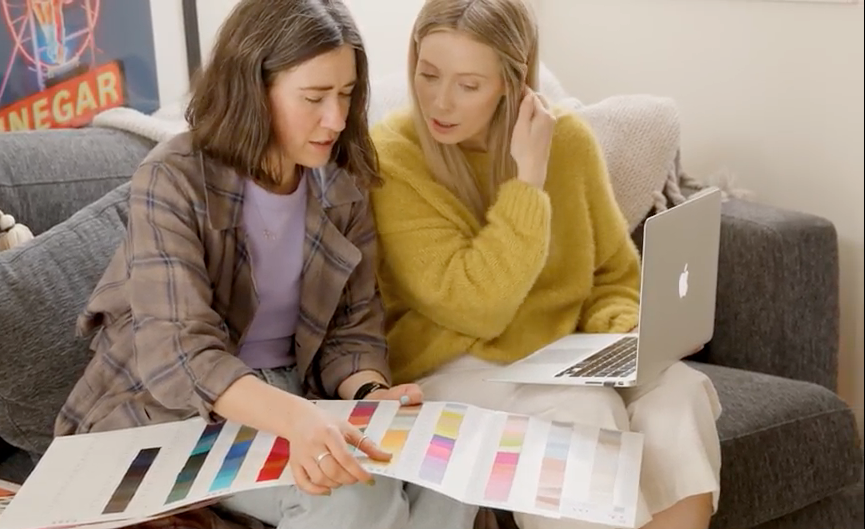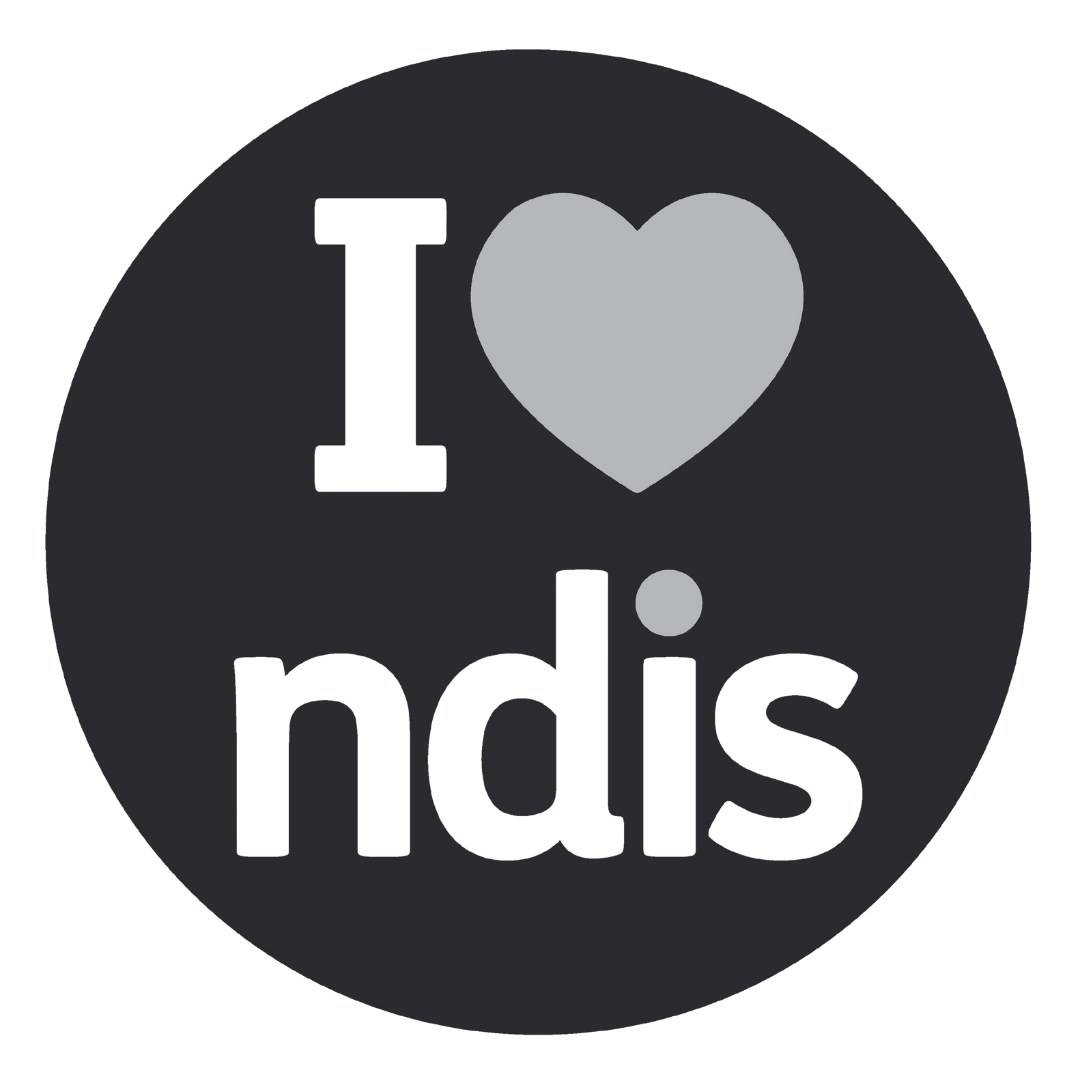As founders of an Adaptive Clothing brand we get asked a lot whether we design our products and what the process is for doing so. Most people have never heard of Adaptive Clothing before and so understanding how the design process differs from a mainstream fashion brand is understandably interesting to a lot of people. What is also interesting for many people we talk to is how two Occupational Therapists (OTs) and Disability Support Workers started a fashion label.
So yes, even though neither of us come from a fashion design background, we do design our products. Being an OT is essentially being a problem solver and when we hear from people within the disability community about the problems commonly faced with dressing, we use our OT brains to come up with a functional solution. This then means that the most important part of our whole design process is collaboration with the community. If you’ve been on our about us page you may have seen that ‘collaboration is cool’ is actually one of JAM’s key values. We strongly believe that if we are going to be creating products that assist people with disability and those in their lives, we need to be basing our designs off their experiences and feedback. This ensures our products are considered, meaningful, and are actually providing solutions to real problems of the broad community, not just the problems we envision or have experienced ourselves.
We do this collaboration in a few different ways. Firstly, you also may have noticed we have a suggestions page where we ask for anyone that comes across our website and has suggestions for Adaptive Clothing products they would like to see from us, or just a problem with their dressing they would like a solution to, to share it with us. We keep all of these suggestions safe for when we are looking at designing new products and want to see what our customers are requesting. We also have what we call our ‘design consultation committee’. This committee is made up of a group of 10 or so people with varied lived experiences of disability that we pay to complete market research with us. We have individual conversations with each committee member to discuss topics such as what their dressing needs may be, what makes clothing inaccessible to them and what they’d love to see from Adaptive Clothing in detail. This detailed information is also used in combination with customer suggestions when deciding what new products we should create. And finally, being OTs and Disability Support Workers we are often chatting to other workers within the disability sector who are constantly providing suggestions or feedback on what products they think are needed or would be helpful for their clients.
When it’s time to create new products and we have established what problems with dressing are out there (based on the above information) we then use our OT knowledge and skillset to essentially perform a task analysis. Completing task analysis’ is an essential skill of being an OT and is a really clear way of breaking down what the problem is to be able to come up with a solution. This is also where it’s extremely handy that there’s two of us to bounce ideas off each other and rationalise what we are thinking could be a good fix. Although we founders have very similar professional backgrounds, we have very different personalities with completely different ways of thinking which we believe is a great asset when it comes to product design.
Once we have come up with what we believe could be suitable solutions to the difficulties identified, we discuss our ideas directly with our manufacturers and/or with designers whom we employ in a contracting role. In the past we have worked with two different designers with lived experience of the disability community, Rachel Shugg who designed our Capsule Collection 01, and Sarah Yoneyama who designed our collection for Melbourne Fashion Festival 2024. Our manufacturers and designers are able to take our thoughts around the function of the designs and apply their expertise in trends, fabrics and other fashion-specific knowledge to ensure the finished products will be of a high quality and equally fashionable as they are functional.
Once we believe we have designs that are ready for production, we start with our first samples which are then tried and tested by lots of different fit models with differing body shapes and dressing needs before we give the garment our final stamp of approval! This sampling process is where we really get to see our ideas come to life, and see if what we envision to work for our customers actually does. We want to make sure everything we’re creating is fulfilling a real need, so this process can last a long time with us editing samples until they are perfect. This could be anywhere between 1 month to 9 months for our more complex designs.
If you had told us 9 years ago when we were studying to become OTs and working as Disability Support Workers that in the future we would be designing clothing for our own Adaptive Fashion brand we wouldn't have believed you! We are so fortunate to have learnt so much along the way, and will continue to increase our knowledge as our brand grows. What we will say is we are now firm believers that OTs are perfectly positioned to be designing dressing solutions for those that need it most and we feel very grateful we are able to do this as our jobs.


